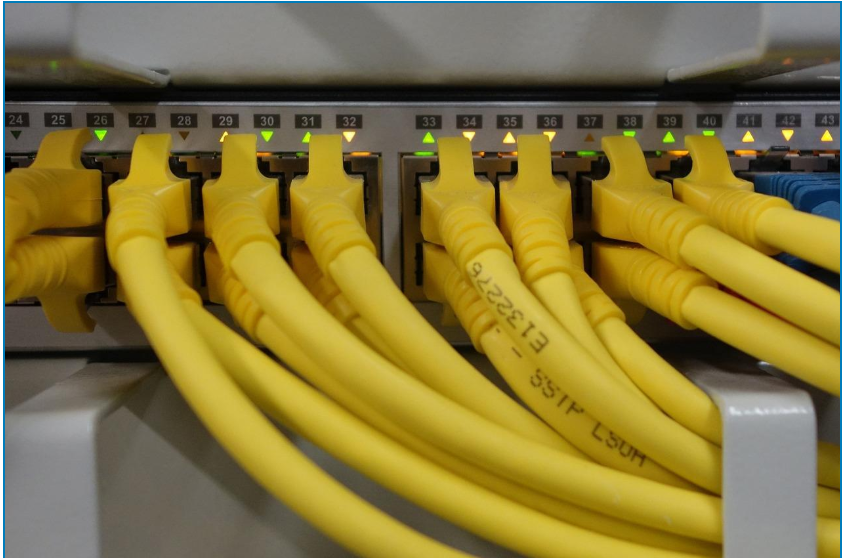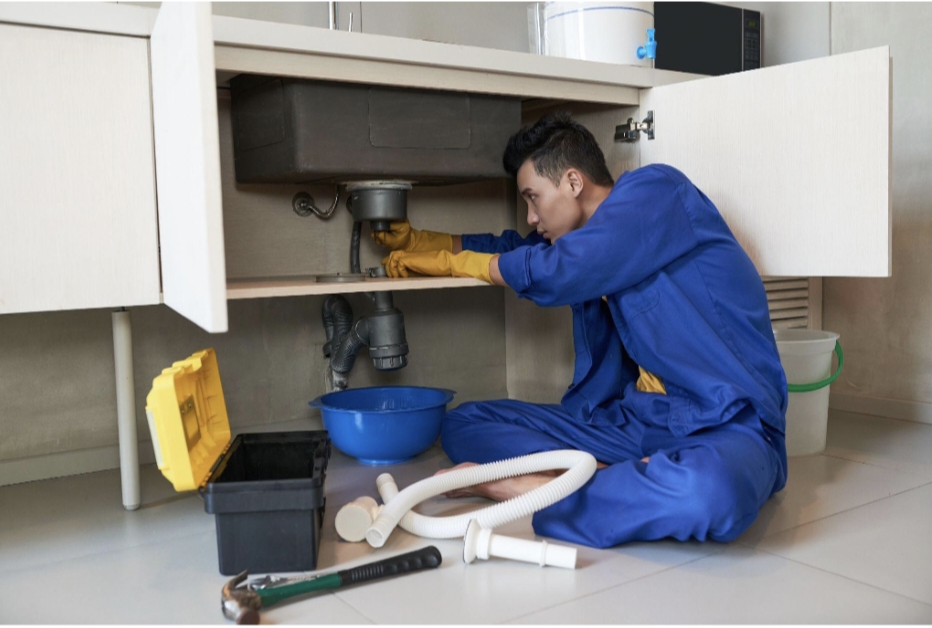When the internet goes down or your systems stop working, business stops. Orders get delayed, calls get missed, and work comes to a halt. That’s why having the right kind of cabling—especially commercial data cabling—is one of the most important ways to keep your business running smoothly.
In this article, you’ll learn how commercial data cabling connects everything in your office, from phones to servers. We’ll also explain how it works alongside structured cabling, low voltage cabling, CAT6 cabling, and voice and data cabling to make your business stronger and more reliable—every day.
What Is Commercial Data Cabling?
Commercial data cabling is the wiring system that carries internet and information throughout a business. It connects computers, printers, Wi-Fi routers, and everything in between. Without it, your network wouldn’t work.
You might not see it, but these cables are hidden in ceilings, walls, and floors. They carry signals that let your team:
- Send and receive emails
- Make video calls
- Share files and documents
- Access the internet and cloud services
Without good data cabling, your business can’t do any of these things quickly or safely.
Why Data Cabling Matters for Business Continuity
Business continuity means your company keeps working even when problems happen—like a power failure, a server crash, or a system error. While backup power and security are important, so is having the right cabling.
Here’s how commercial data cabling helps:
- Reduces Downtime
Good cables mean fewer dropped connections or errors. If one line goes down, others can keep the network alive. - Faster Repairs
With organized cabling, your tech team can find and fix issues quickly—so you’re not stuck waiting. - Stronger Signals
Better cables send stronger signals, which means fewer mistakes and fewer disconnects. - Supports Backup Systems
A solid cabling setup keeps your backup servers and cloud tools connected, even during a crisis.
How Structured Cabling Boosts Uptime
Structured cabling is the system that keeps all your cables neat, organized, and easy to manage. Instead of a tangle of wires, you get a clean setup that connects everything in the smartest way possible.
When structured cabling is used with commercial data cabling, your business gets:
- Faster troubleshooting
- Fewer connection errors
- Easier upgrades when new tech is added
Think of structured cabling as the road map that shows where everything goes. Without it, you’re guessing when something breaks. With it, you know exactly what to do.
The Role of Low Voltage Cabling
Low voltage cabling is used for things like security cameras, keycard systems, and Wi-Fi access points. These systems don’t need much power, but they still need a steady connection to work well.
Low voltage cabling works together with commercial data cabling to support the full network. Here’s how:
- Keeps cameras running during outages
- Supports emergency systems like alarms and access control
- Uses less energy, which helps during power-saving situations
Together, they create a complete system that stays strong—even when your business is under pressure.
CAT6 Cabling: Fast, Secure, and Reliable
Speed matters—especially during a busy workday. That’s where CAT6 cabling comes in. These cables are made to handle large amounts of data quickly and without errors.
CAT6 helps commercial data cabling by:
- Handling high-speed internet
- Reducing interference (fewer dropped signals)
- Supporting cloud tools, video meetings, and smart tech
If your team relies on real-time communication and heavy file sharing, CAT6 is the best way to keep things moving.
Voice and Data Cabling: One Line for Everything
Old buildings had separate wires for phones and internet. But today, you can use voice and data cabling to carry both signals through one system. That makes everything simpler and more reliable.
Here’s what voice and data cabling add to business continuity:
- Keeps phone systems online during outages
- Cuts down on wiring mess
- Supports VoIP and video calls on the same network
When voice and data cabling is part of your commercial data setup, it helps everyone stay connected—no matter what.
Common Places Where These Systems Work Together
You’ll find these cabling systems in:
- Offices: Keeping internet, phones, and printers connected
- Schools: Powering smartboards, Wi-Fi, and communication tools
- Healthcare: Connecting patient records, call systems, and security
- Warehouses: Linking scanners, tracking devices, and cameras
- Retail stores: Running checkout systems, inventory tools, and alarms
Anywhere that needs strong, non-stop connections can benefit from these combined systems.
How to Build a Strong Cabling Plan
To make sure your business stays up and running, here’s what to include in your cabling setup:
- Commercial Data Cabling: The main pathway for internet and data
- Structured Cabling: A clean, organized layout for easy fixes
- Low Voltage Cabling: Powering smart devices and energy-saving tools
- CAT6 Cabling: High-speed lines for fast, smooth performance
- Voice and Data Cabling: Keeping phones and internet in sync
When all of this work together, your business has a solid foundation. Even if something breaks, your network can keep working while it’s fixed.
Benefits of Strong Commercial Data Cabling
Let’s break down why it matters:
- Saves time: No more waiting on slow internet or broken systems
- Saves money: Fewer tech issues mean fewer repair bills
- Keeps work moving: Staff can do their jobs without delays
- Builds trust: Customers see you as reliable and ready
Good cabling isn’t just wires in a wall—it’s peace of mind that your business is ready for anything.
Final Thoughts
Commercial data cabling is more than just a technical detail. It’s the heart of your business’s communication, speed, and reliability. With the right setup—including structured cabling, low voltage cabling, CAT6 cabling, and voice and data cabling—you’re prepared for everyday work and unexpected challenges.
When your cabling is done right, your team stays productive, your systems stay online, and your customers stay happy.





